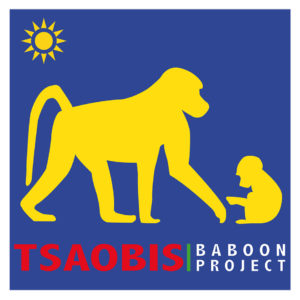TBP Directors

Dr Alecia Carter, Department of Anthropology, University College London

Dr Guy Cowlishaw, Institute of Zoology, Zoological Society of London
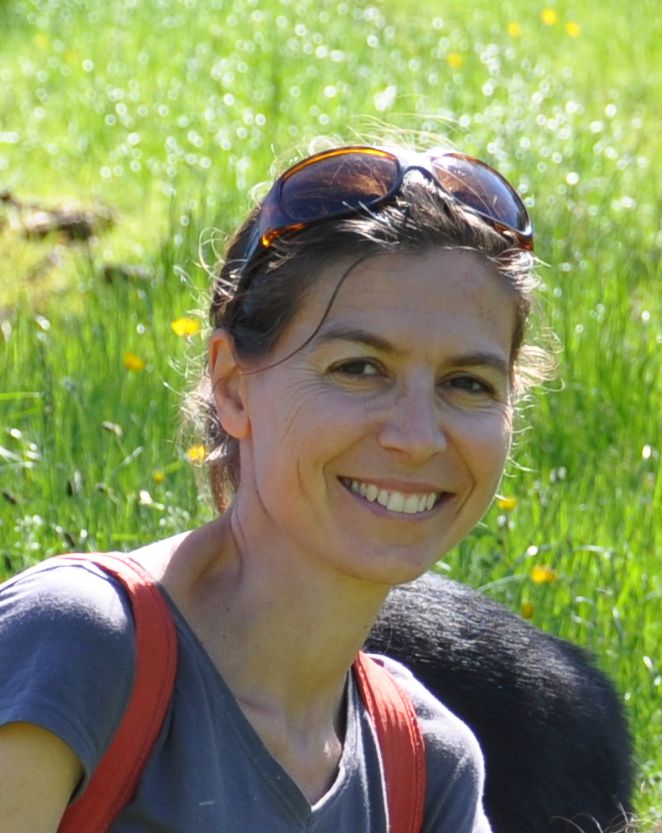
Dr Elise Huchard, Institut des Sciences de l’Evolution de Montpellier, France
Postdocs
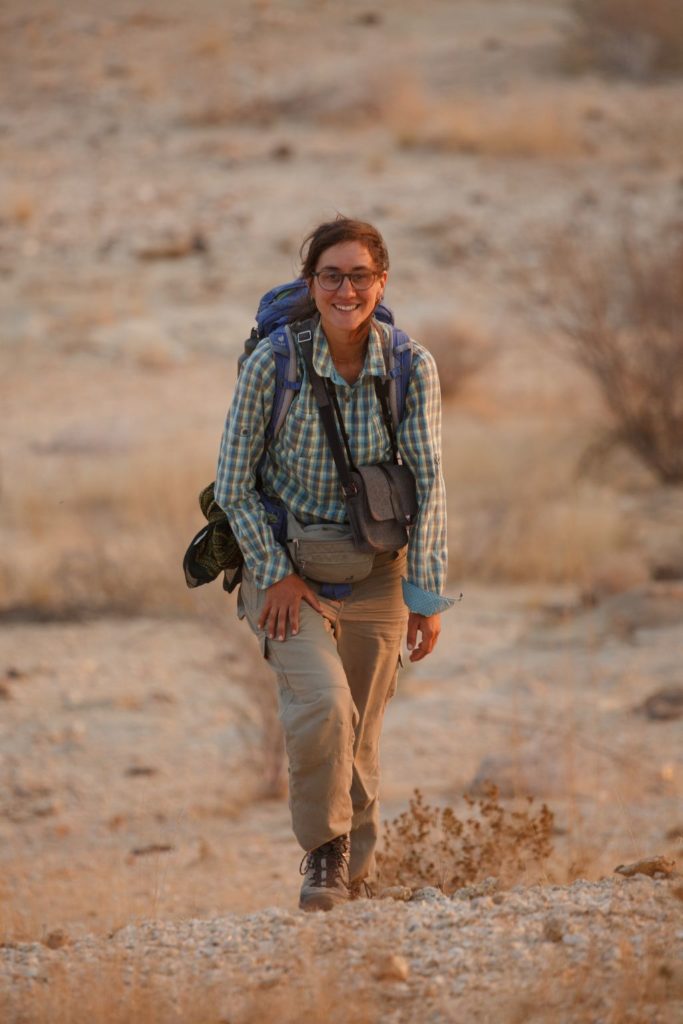
The causes and consequences of sexual coercion. While increasing evidence documents various forms of sexual coercion across animal societies, its underlying determinants and consequences remain little investigated in slow lived mammals. Using 18 years of long-term demographic, behavioural and genetic data from the Tsaobis Baboon Project, I aim to evaluate the reproductive consequences of sexual intimidation by males for both male and female chacma baboons.
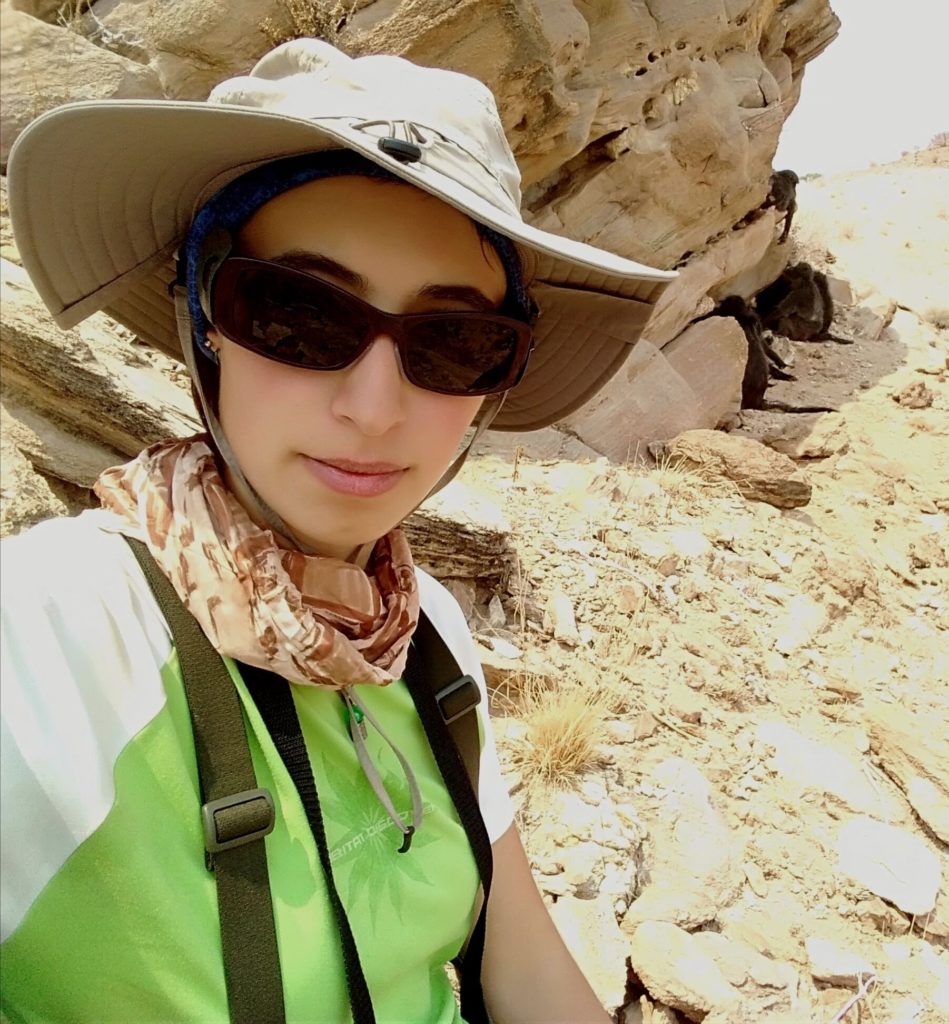
The social transmission of tool use. Tool use cultures, involving the social transmission and maintenance of tool-use behaviours by most members of a social group, are rare among non-human animals. However, some species that do not have a culture of tool use, such as baboons, can innovate tools. This could mean that cognitive and/or social constraints limit the social transmission of novel tool-use behaviours. I will perform experiments at the Tsaobis Baboon Project to determine if baboons can innovate and/or learn socially honey-dipping. Results on who uses the tools and who observes whom will provide insights on what constrains material culture in baboons and, ultimately, on the evolution of human technology.
PhD students
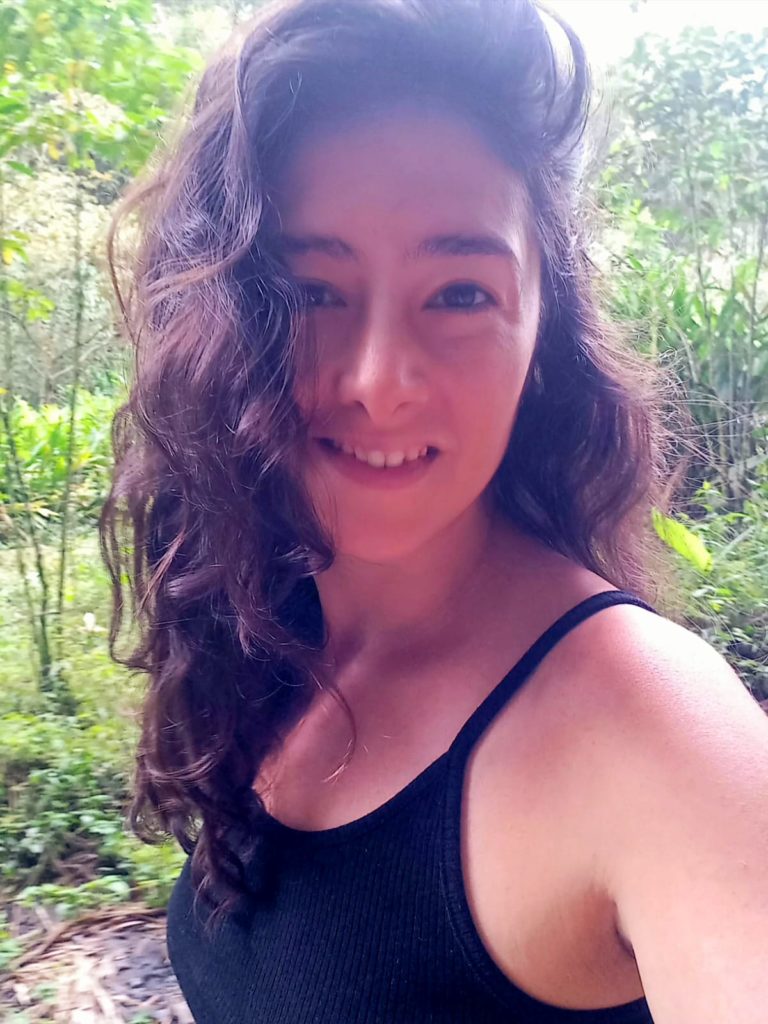
The evolution of hierarchical behaviour in social primates. My research focuses on behavioral evolution, and specifically dominant personality in primates. As part of my work, I use long-term behavioral data to investigate individual differences in aggression, affiliation, and tolerance styles of wild Chacma baboons from the Tsaobis population in Namibia. I am very interested in the strategies that different individuals use in social and hierarchical situations, and how those might relate to either genetics, social learning, or personality
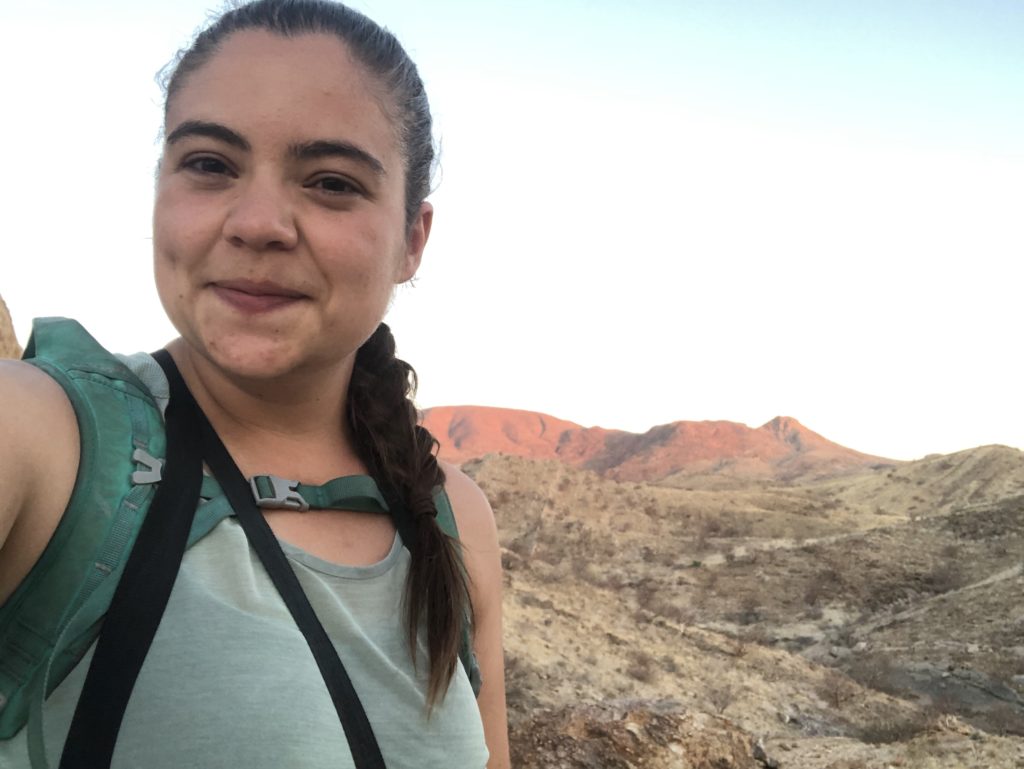
What can baboons tell us about the evolution of language? Intentionality and flexibility have been claimed to be hallmarks of human language but are also found in great ape gestural communication, leading to the hypothesis that cognitive traits needed for human language evolved in the great ape lineage. However, there is preliminary evidence of intentionality and flexibility in monkey gestures and in other communication modalities. My project uses machine learning tools to investigate intentionality and flexibility in wild chacma baboon vocal and gestural communication at the Tsaobis Baboon Project.
Collaborators
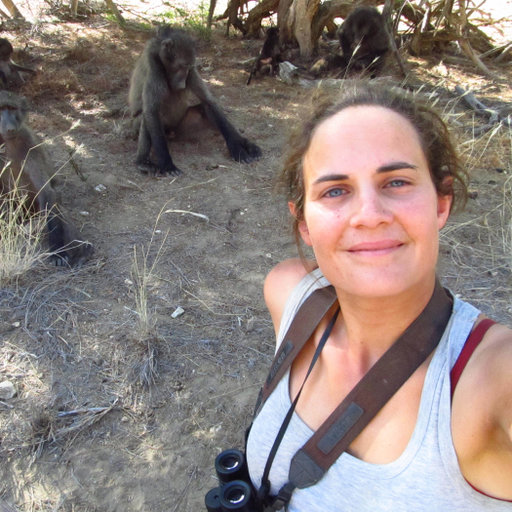



Alumni
- Dr Andrew J King
- Dr Harry Marshall
- Dr Alex Lee
- Dr Alice Baniel
- Dr Cassandra Raby
- Dr Claudia Martina
- Dr Jules Dezeure
- Dr Axelle Delaunay

